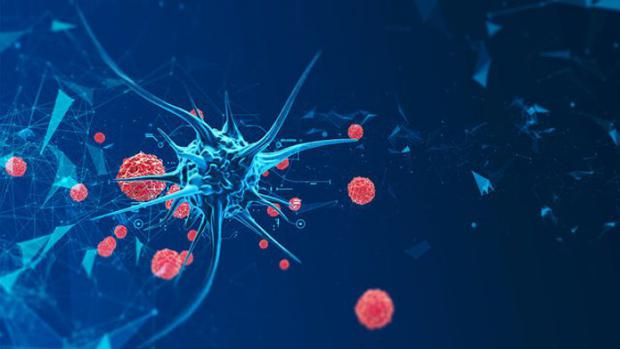
Breaking News
 Crypto Crackdown: Bitcoin Entrepreneur Entrapped by Feds
Crypto Crackdown: Bitcoin Entrepreneur Entrapped by Feds
 Chemtrail Witnesses Are Being Killed - Conspiracy or are they hiding something?
Chemtrail Witnesses Are Being Killed - Conspiracy or are they hiding something?
 BREAKING: President Trump just revealed that Vladimir Putin told him our mail-in voting...
BREAKING: President Trump just revealed that Vladimir Putin told him our mail-in voting...
Top Tech News
 Chinese Scientists Produce 'Impossible' Steel to Line Nuclear Fusion Reactors in Major Break
Chinese Scientists Produce 'Impossible' Steel to Line Nuclear Fusion Reactors in Major Break
 1,000 miles: EV range world record demolished ... by a pickup truck
1,000 miles: EV range world record demolished ... by a pickup truck
 Fermented Stevia Extract Kills Pancreatic Cancer Cells In Lab Tests
Fermented Stevia Extract Kills Pancreatic Cancer Cells In Lab Tests
 3D printing set to slash nuclear plant build times & costs
3D printing set to slash nuclear plant build times & costs
 You can design the wheels for NASA's next moon vehicle with the 'Rock and Roll Challenge
You can design the wheels for NASA's next moon vehicle with the 'Rock and Roll Challenge
 'Robot skin' beats human reflexes, transforms grip with fabric-powered touch
'Robot skin' beats human reflexes, transforms grip with fabric-powered touch
 World's first nuclear fusion plant being built in US to power Microsoft data centers
World's first nuclear fusion plant being built in US to power Microsoft data centers
 The mitochondria are more than just the "powerhouse of the cell" – they initiate immune...
The mitochondria are more than just the "powerhouse of the cell" – they initiate immune...
 Historic Aviation Engine Advance to Unlock Hypersonic Mach 10 Planes
Historic Aviation Engine Advance to Unlock Hypersonic Mach 10 Planes
 OpenAI CEO Sam Altman Pitches Eyeball-Scanning World ID to Bankers
OpenAI CEO Sam Altman Pitches Eyeball-Scanning World ID to Bankers
Researchers Develop Cheap, 10-Minute Test That Can Detect Cancer Anywhere in the Body

Australian scientists are being hailed for possibly developing a quick and easy test that can detect any kind of cancer in a matter of minutes.
Cancer is an extremely complicated and variable disease and different types of cancer have different signatures. Up until now, the scientists have had trouble finding a simple signature that was distinct from healthy cells and common to all cancers – but the team was finally able to identify a unique biomarker that was common in every type of cancer they examined, including prostate, colorectal, lymphoma, and several different forms of breast cancers.
The researchers found that – in a healthy patient – there are tiny molecules called methyl groups that are spread across DNA structures. Since the methyl groups are dramatically affected by the presence of cancer, however, the patterns and clusters of methyl groups will change their formations.
The team then developed a simple tool that could search and identify these pattern changes within a matter of minutes.
"In healthy cells, these methyl groups are spread out across the genome, but the genomes of cancer cells are essentially barren except for intense clusters of methyl groups at very specific locations," said Dr. Laura Carrascosa, one of the University of Queensland researchers involved in the project.
Professor Matt Trau said their team discovered that intense clusters of methyl groups placed in a solution caused cancer DNA fragments to fold into unique three-dimensional nanostructures that could easily be separated by sticking to solid surfaces, such as gold.
"We designed a simple test using gold nanoparticles that instantly change color to determine if the 3D nanostructures of cancer DNA are present," explained Trau.

 Our Natural Predators
Our Natural Predators

